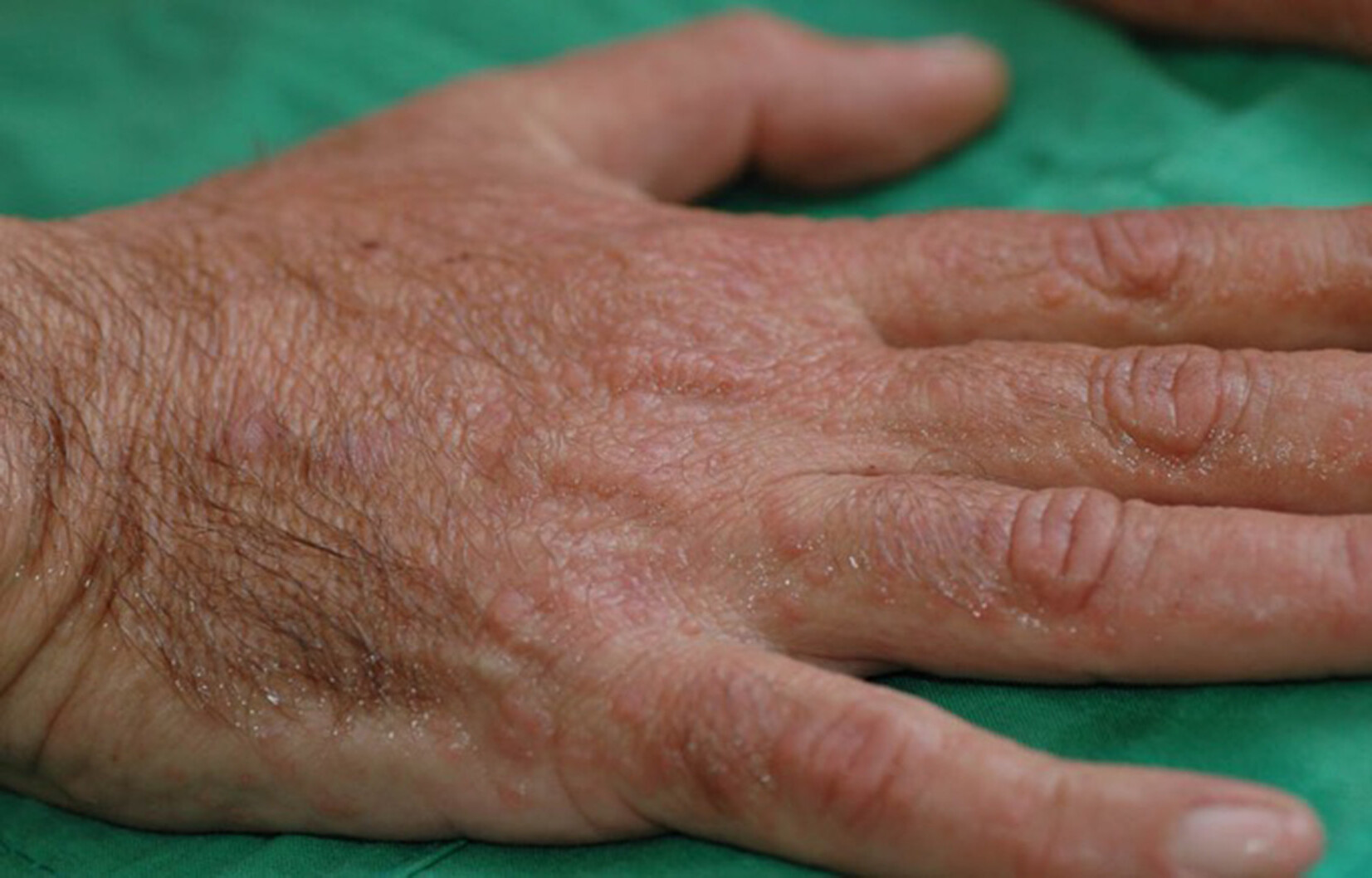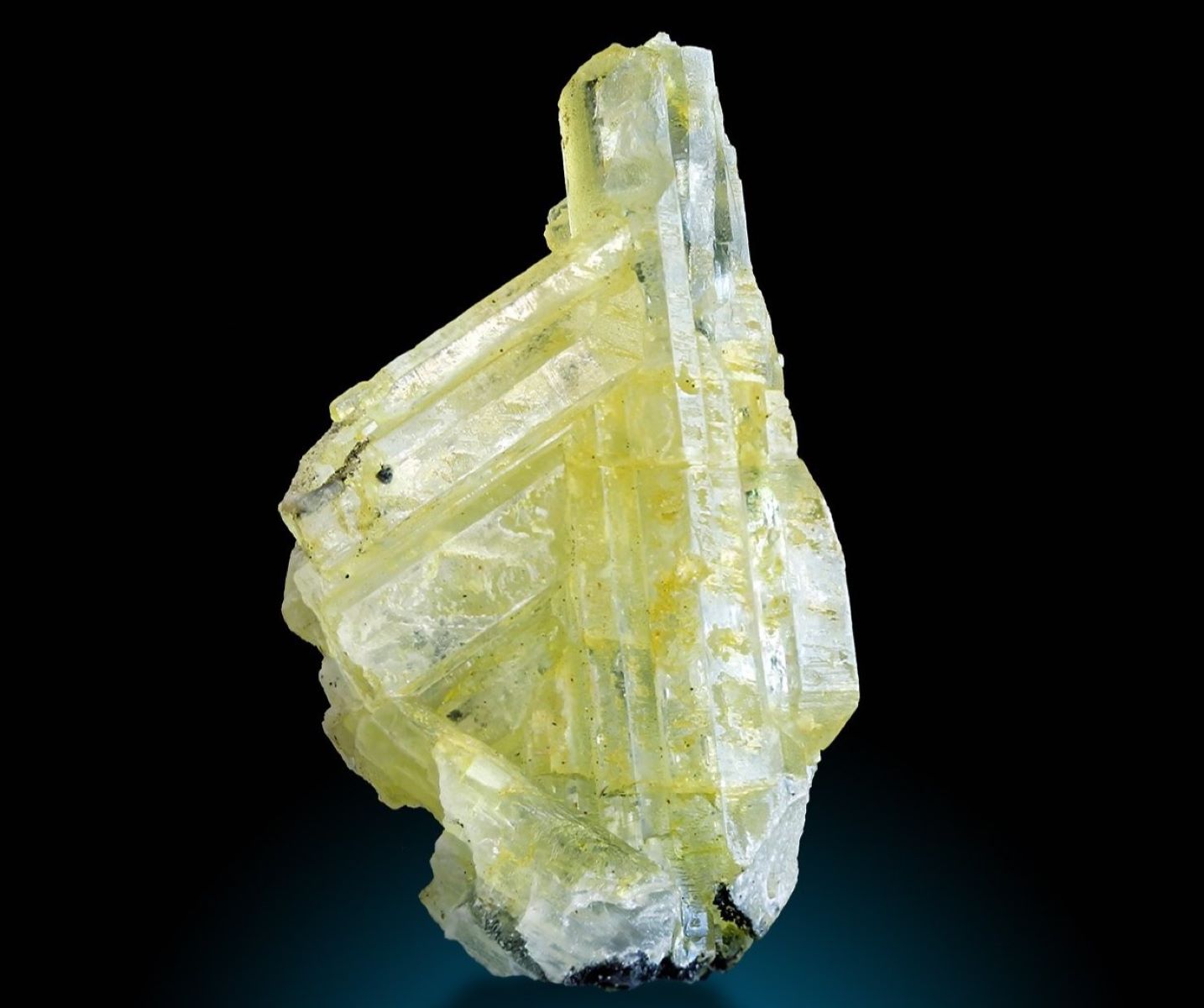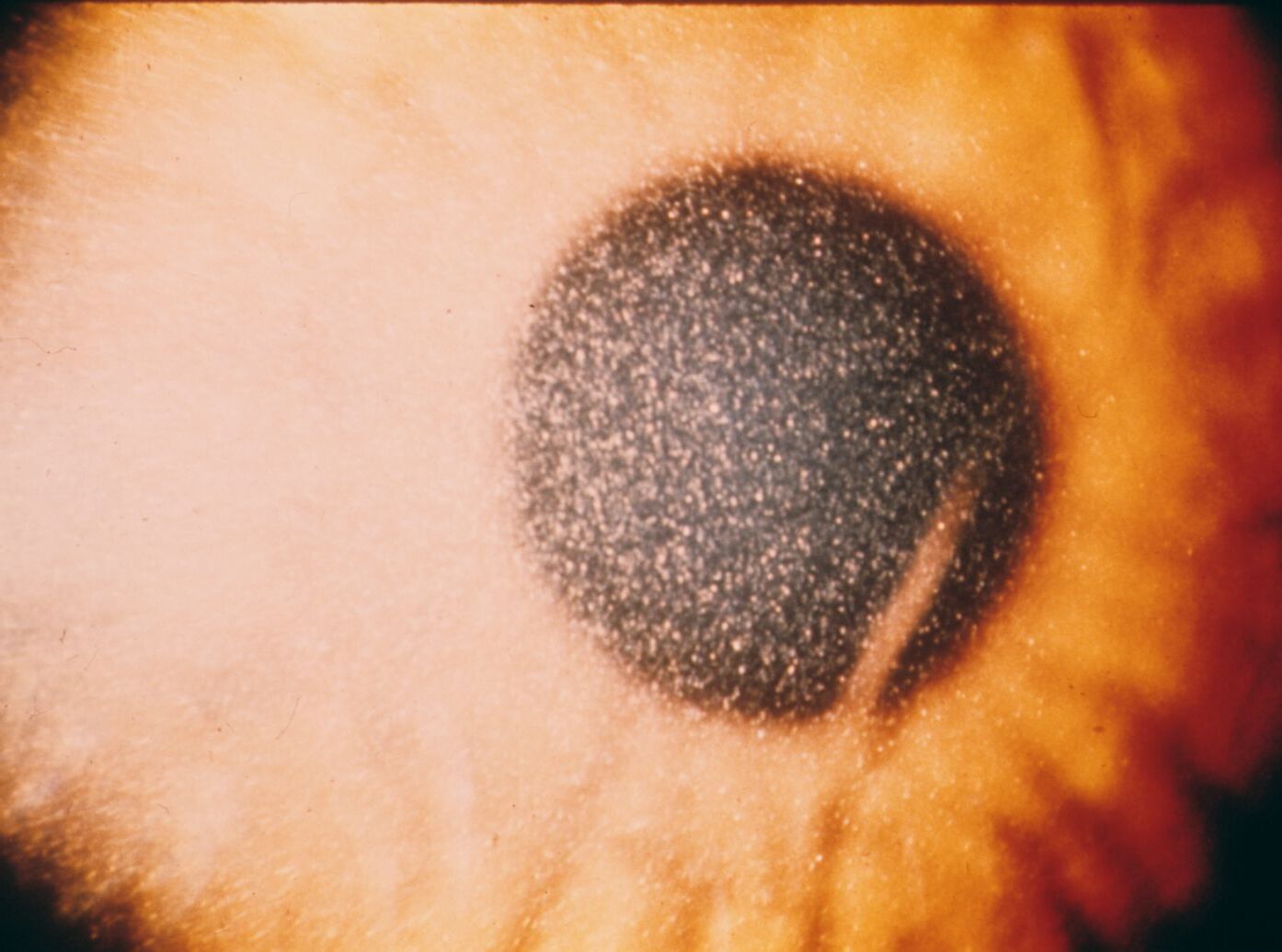
Darier's Disease, also known as Darier-White Disease, is a rare genetic skin disorder that affects the way skin cells stick together. This condition leads to wart-like blemishes on the body, often appearing in areas like the scalp, forehead, upper arms, chest, back, knees, elbows, and behind the ears. Caused by mutations in the ATP2A2 gene, Darier's Disease is inherited in an autosomal dominant pattern, meaning only one copy of the altered gene is enough to cause the disorder. Symptoms usually start in late childhood or early adulthood and can vary in severity. Understanding Darier's Disease is crucial for those affected and their families, as it helps in managing symptoms and improving quality of life. Let's dive into 50 intriguing facts about this condition to shed light on its complexities and nuances.
Key Takeaways:
- Darier's Disease is a rare genetic skin disorder that causes rough, scaly patches. Symptoms vary, and managing triggers like heat and stress can help reduce discomfort.
- Living with Darier's Disease can be challenging, affecting daily life and emotional well-being. Research is ongoing for better treatments and understanding.
What is Darier's Disease?
Darier's Disease, also known as Darier-White disease, is a rare genetic skin disorder. It affects the way skin cells stick together, leading to rough, scaly patches. Understanding this condition can help those affected manage symptoms better.
- Darier's Disease is a genetic disorder caused by mutations in the ATP2A2 gene.
- The ATP2A2 gene provides instructions for making an enzyme that helps regulate calcium levels in cells.
- This condition is inherited in an autosomal dominant pattern, meaning one copy of the altered gene is enough to cause the disorder.
- Symptoms usually appear in late childhood or early adulthood.
- The disease affects both males and females equally.
- It is estimated to affect 1 in 30,000 people worldwide.
- The severity of symptoms can vary widely among individuals.
- Common symptoms include greasy, warty, and crusty skin lesions.
- Lesions often appear in seborrheic areas such as the scalp, forehead, upper arms, chest, and back.
- Nail abnormalities, such as red and white streaks or V-shaped notches at the tips, are common.
- Some people may experience a distinctive odor from the affected skin areas.
- Heat, humidity, and sweating can exacerbate symptoms.
- Stress and hormonal changes can also trigger flare-ups.
- Sun exposure may worsen the condition for some individuals.
- Skin lesions can become infected, leading to further complications.
- Treatment focuses on managing symptoms rather than curing the disease.
- Topical retinoids are often prescribed to help reduce skin lesions.
- Oral retinoids may be used for more severe cases.
- Antibiotics can be necessary if skin infections occur.
- Moisturizers and emollients help keep the skin hydrated and reduce scaling.
- Avoiding triggers like heat and stress can help manage symptoms.
- Regular follow-ups with a dermatologist are essential for monitoring the condition.
- Genetic counseling may be recommended for affected individuals and their families.
- Some patients may benefit from psychological support to cope with the emotional impact of the disease.
- Research is ongoing to find more effective treatments and understand the disease better.
How Does Darier's Disease Affect Daily Life?
Living with Darier's Disease can be challenging. The physical symptoms and emotional impact can affect various aspects of daily life. Here are some ways this condition influences those who have it.
- Skin lesions can be painful and itchy, causing discomfort.
- The appearance of lesions can lead to self-consciousness and social anxiety.
- Daily skin care routines can be time-consuming and require diligence.
- Choosing appropriate clothing to avoid irritation can be necessary.
- Some individuals may need to avoid certain activities that trigger symptoms.
- The condition can affect sleep quality due to itching and discomfort.
- School or work performance may be impacted by frequent flare-ups.
- Relationships and social interactions can be strained by the visible symptoms.
- Emotional support from friends and family is crucial for coping.
- Joining support groups can provide a sense of community and shared experiences.
- Educating others about the condition can help reduce stigma and misunderstanding.
- Access to healthcare and dermatological treatments is vital for managing the disease.
- Financial burden from medical expenses can be a concern for some families.
- Planning for future genetic implications is important for affected individuals.
- Staying informed about new research and treatments can offer hope and better management strategies.
What Are the Latest Research and Treatments?
Research on Darier's Disease is ongoing, with scientists striving to find better treatments and understand the genetic mechanisms involved. Here are some recent advancements and potential future therapies.
- Gene therapy is being explored as a potential treatment option.
- Researchers are investigating the role of calcium regulation in skin cell adhesion.
- New topical treatments are being developed to target specific symptoms.
- Studies are examining the effectiveness of different oral retinoids.
- Advances in genetic testing can help with early diagnosis and family planning.
- Clinical trials are ongoing to test new medications and therapies.
- Understanding the psychological impact of the disease is leading to better support systems.
- Collaboration between dermatologists and geneticists is improving patient care.
- Patient registries are helping to collect data and improve research efforts.
- Increased awareness and funding for rare diseases are driving progress in finding a cure.
Final Thoughts on Darier's Disease
Darier's Disease, a rare genetic skin disorder, affects many aspects of a person's life. Understanding its symptoms, such as greasy, warty papules and plaques, can help in early diagnosis and management. Treatments range from topical creams to oral medications, aiming to control flare-ups and improve skin appearance. Genetic counseling is crucial for families affected by this condition, providing insights into inheritance patterns and future risks.
Living with Darier's Disease requires a proactive approach to skincare and lifestyle adjustments. Regular check-ups with dermatologists, staying informed about new treatments, and connecting with support groups can make a significant difference. Though there's no cure, advancements in medical research offer hope for better management strategies. By staying educated and seeking appropriate care, individuals with Darier's Disease can lead fulfilling lives despite the challenges.
Frequently Asked Questions
Was this page helpful?
Our commitment to delivering trustworthy and engaging content is at the heart of what we do. Each fact on our site is contributed by real users like you, bringing a wealth of diverse insights and information. To ensure the highest standards of accuracy and reliability, our dedicated editors meticulously review each submission. This process guarantees that the facts we share are not only fascinating but also credible. Trust in our commitment to quality and authenticity as you explore and learn with us.


